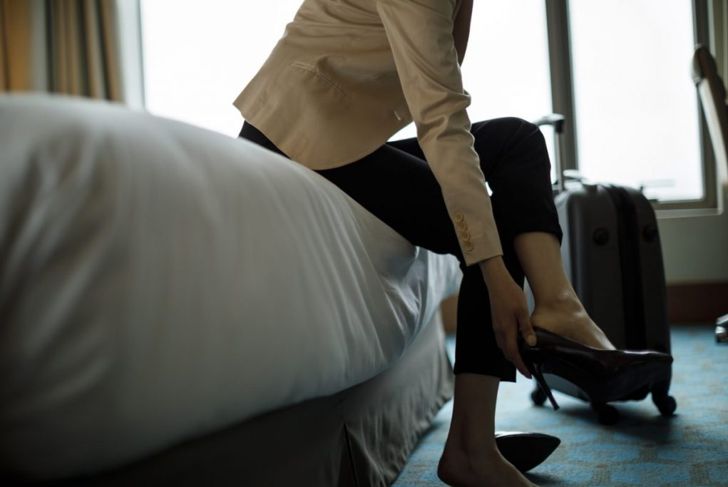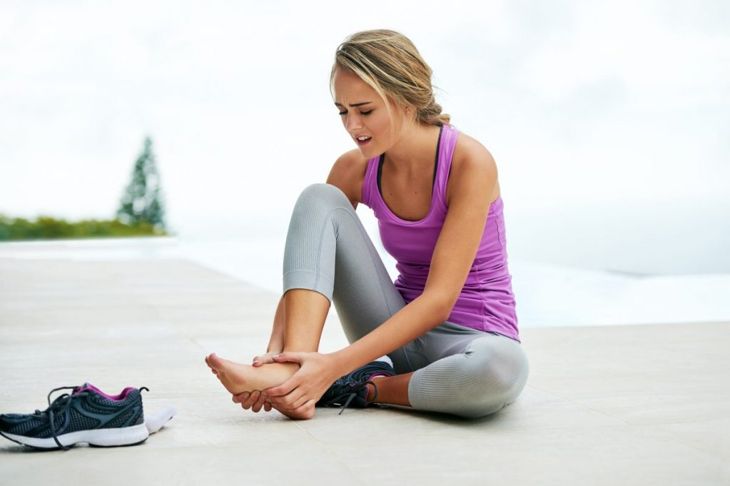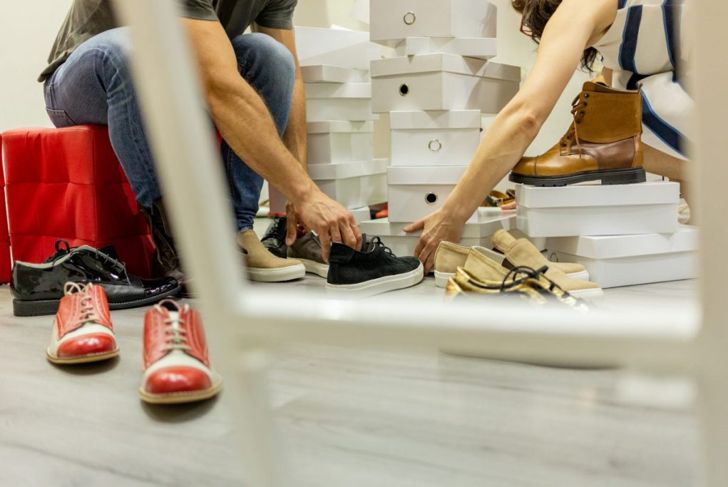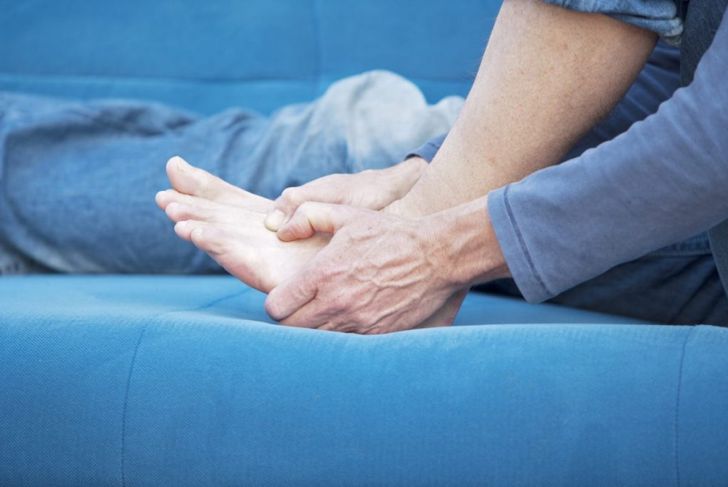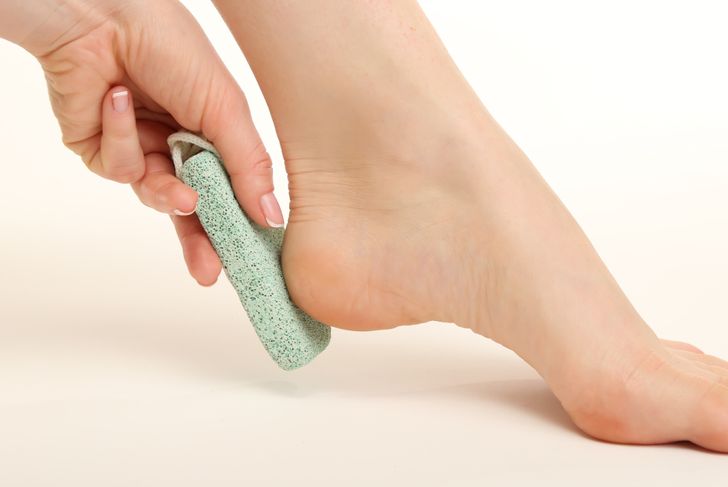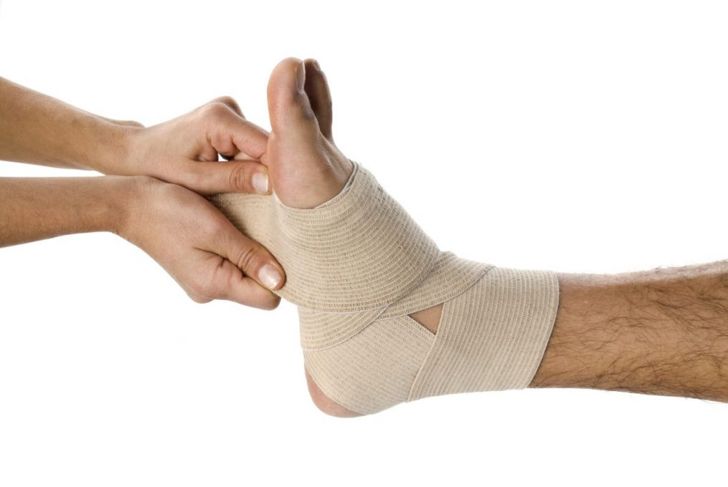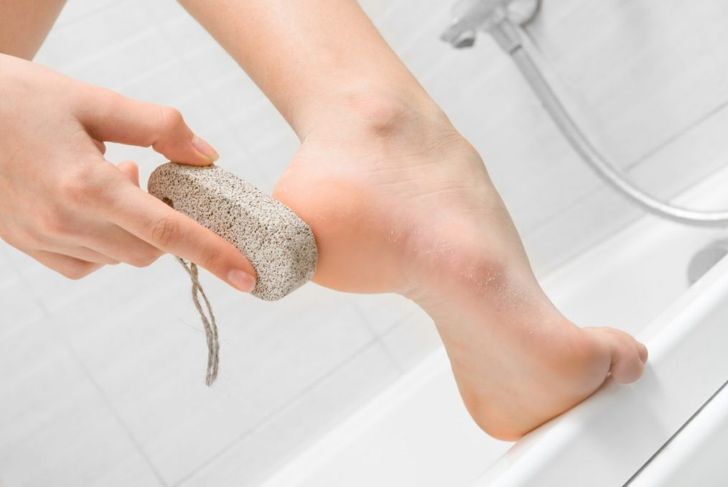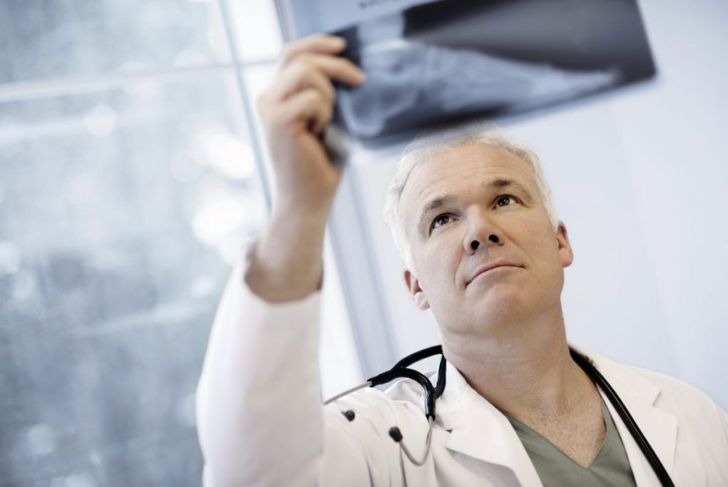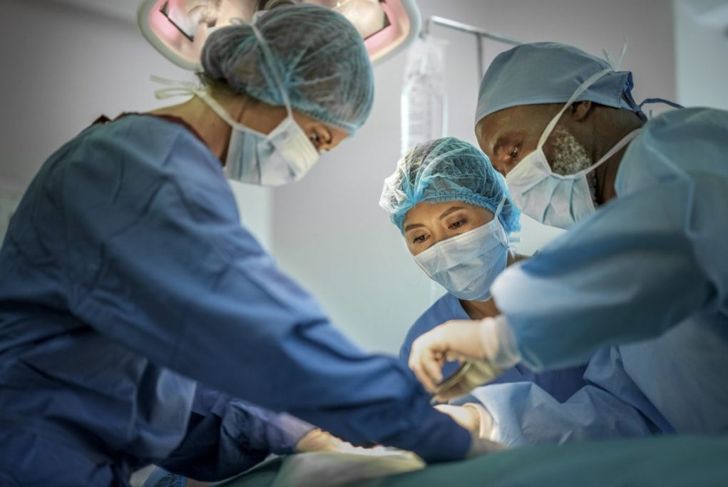Corns are thick, hard areas of skin on the feet. Though similar to calluses, they are usually smaller, harder, and more painful. The body develops corns to protect against constant rubbing and friction. Though they most often appear at pressure points on the sides and tops of the feet, they can develop between the toes and on the soles as well. In some people, corns are asymptomatic. In others, they can range from mildly uncomfortable to extremely painful.
Types of Corns
There are three types of corns. Hard corns are the most common. They generally develop on areas of thicker skin. Individuals with nerve damage often have this type of corn. Soft corns are white or gray in color and may appear between the toes. They have a rubbery texture because moisture between the toes keeps them soft. Seed corns tend to develop on the bottoms of the feet.
Signs and Symptoms
Corns often begin as small bumps that rise from the skin and are hard to the touch. Some corns are flaky and dry while others cause the skin to feel waxy. The main symptoms of corns are pain and tenderness in areas under the skin. Over time, they can swell and become red, particularly after the person wears tight-fitting shoes.
Causes
One of the most common reasons corns develop is tight- or ill-fitting shoes placing pressure on the toes and feet. While walking, the shoes rub against the skin or create friction between the toes. The skin begins to develop hard tissue to protect itself, leading to corns. Wearing shoes without socks increases the risk of developing corns because there is more friction between the shoes and the feet. Poorly fitting socks may also lead to corns.
Risk Factors
In addition to going sockless, having bunions can increase the risk of developing corns because the bony bumps at the base of the big toe cause shoes to fit poorly and rub. Hammertoe, which causes toes curl underneath the feet, create friction that can result in corns. Many other growths or deformities, such as bone spurs, may also cause constant rubbing.
Corns Versus Calluses
Although corns and calluses are similar, there are some key differences between them. They are both hard areas of skin, but corns are usually smaller. Unlike calluses, corns have a distinct center that is often harder than the surrounding area. Corns tend to be round while calluses may be a variety of shapes. Calluses are usually painless, though repeated irritation can cause pain.
Prevention
Wearing shoes with plenty of room for the toes is the best way to prevent corns. If the toes can’t wiggle and move around, the shoes are likely too tight. If corns develop even in properly fitting shoes, the person may require protective coverings. Felt pads, corn pads, or bandages can cover areas that rub against the shoes. Toe separators may prevent corns between the toes.
Home Removal
If protective measures don’t resolve corns, podiatrists recommend treatments such as soaking the foot in warm water to soften the skin, and using a pumice stone to file the corn in a circular or sideways motion. It’s important to not remove too much skin, as this may lead to infection. A moisturizing lotion can help prevent the corn from redeveloping, as can protective corn pads.
Other At-Home Treatments
Many stores offer over-the-counter corn removal pads. These pads contain salicylic acid, which can break down the hard skin of corns. However, it can also irritate healthy skin, so precaution is a must. In some cases, corn removal is not an option. Instead, it may be beneficial to purchase wider shoes and wear thick, comfortable socks. This can prevent rubbing, as can wearing sandals.
When to See a Doctor
If a corn is particularly painful, it may require medical inspection. This is particularly true for individuals with diabetes, circulatory issues, or sensitive skin. Health care professionals such as podiatrist may x-ray growths they suspect have developed due to underlying bone structure issues. If a larger condition is to blame, the doctor will prescribe treatment accordingly.
Professional Removal
For minor corns, a doctor may begin treatment by trimming some of the hard skin around the corn. Then, they will apply a patch containing salicylic acid. The patient will often need to replace the patch at home. Often, this includes rubbing the area gently with a pumice stone before applying the new patch. Severe corns or those caused by more serious conditions may require surgical removal. Doctors will typically recommend properly fitting footwear and protective pads as well.

 Home
Home Health
Health Diet & Nutrition
Diet & Nutrition Living Well
Living Well More
More